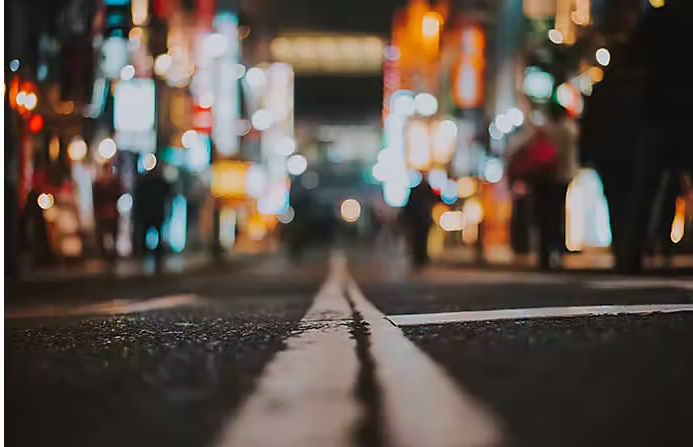Understanding the technical aspects of photography is essential for achieving your desired results. The fundamental concepts are aperture, shutter speed, ISO, and white balance. These elements determine an image’s exposure and contribute significantly to its overall look. Let’s dive into each of these components to understand their importance and how they influence the outcome of your photographs.
APERTURE:
Aperture refers to the size of the opening in the lens through which light passes to reach the camera’s sensor. It is measured in f-stops, represented as f/1.4, f/2.8, f/5.6, etc. A lower f-stop number indicates a larger aperture opening, allowing more light to enter, while a higher f-stop number signifies a smaller aperture opening, letting in less light.
The aperture controls the amount of light and affects the depth of field in an image. A wide aperture creates a shallow depth of field, creating a blurred background, great for portraits or isolating an object from its surroundings. Conversely, a narrow aperture produces a greater depth of field, keeping more of the background in focus, which is suitable for landscape photography.


SHUTTER SPEED:
Shutter speed determines the amount of time the camera’s shutter stays open, allowing light to reach the image. It is measured in fractions of a second, like 1/1000, 1/250, 1/60, etc. A faster shutter speed means the shutter opens and closes quickly, capturing fast-moving subjects sharply, while a slower shutter speed results in motion blur, conveying a sense of movement in the image.
Choosing the right shutter speed depends on the speed of the subject and the desired effect. A faster shutter speed freezes motion for action shots, whereas a slower shutter speed can create dramatic effects like light trails or flowing water in long-exposure photography.
ISO:
ISO refers to the camera’s sensitivity to light. It is represented by numerical values like ISO 100, ISO 400, ISO 1600, etc. A lower ISO number indicates lower sensitivity, requiring more light for proper exposure. A higher ISO number increases sensitivity, allowing for shooting in low-light areas without sacrificing image brightness.
However, higher ISO settings introduce “digital noise” or graininess into the image, diminishing its quality. Therefore, it’s important to balance ISO sensitivity and image quality based on the available light and the desired outcome.


WHITE BALANCE:
White balance refers to adjusting colors in an image to ensure an accurate representation of hues under different lighting conditions. Other light sources have varying color temperatures, creating a warm (yellow/orange) or cool (blue) tint on photos.
Setting the white balance up correctly helps maintain natural color tones. Most cameras have preset white balance settings such as daylight, cloudy, shade, tungsten, fluorescent, and auto white balance. You can manually adjust the white balance to create your own color temperature, ensuring your photos look exactly how you would like.
Mastering aperture, shutter speed, ISO, and white balance is essential for photographers to achieve their creative vision. Understanding how these elements work allows for better control over exposure, focus, and color presentation, therefore leading to visually compelling photographs.
Contact us today to get started on planning and shooting your high-quality corporate video that will wow your audience and solidifies sales.

